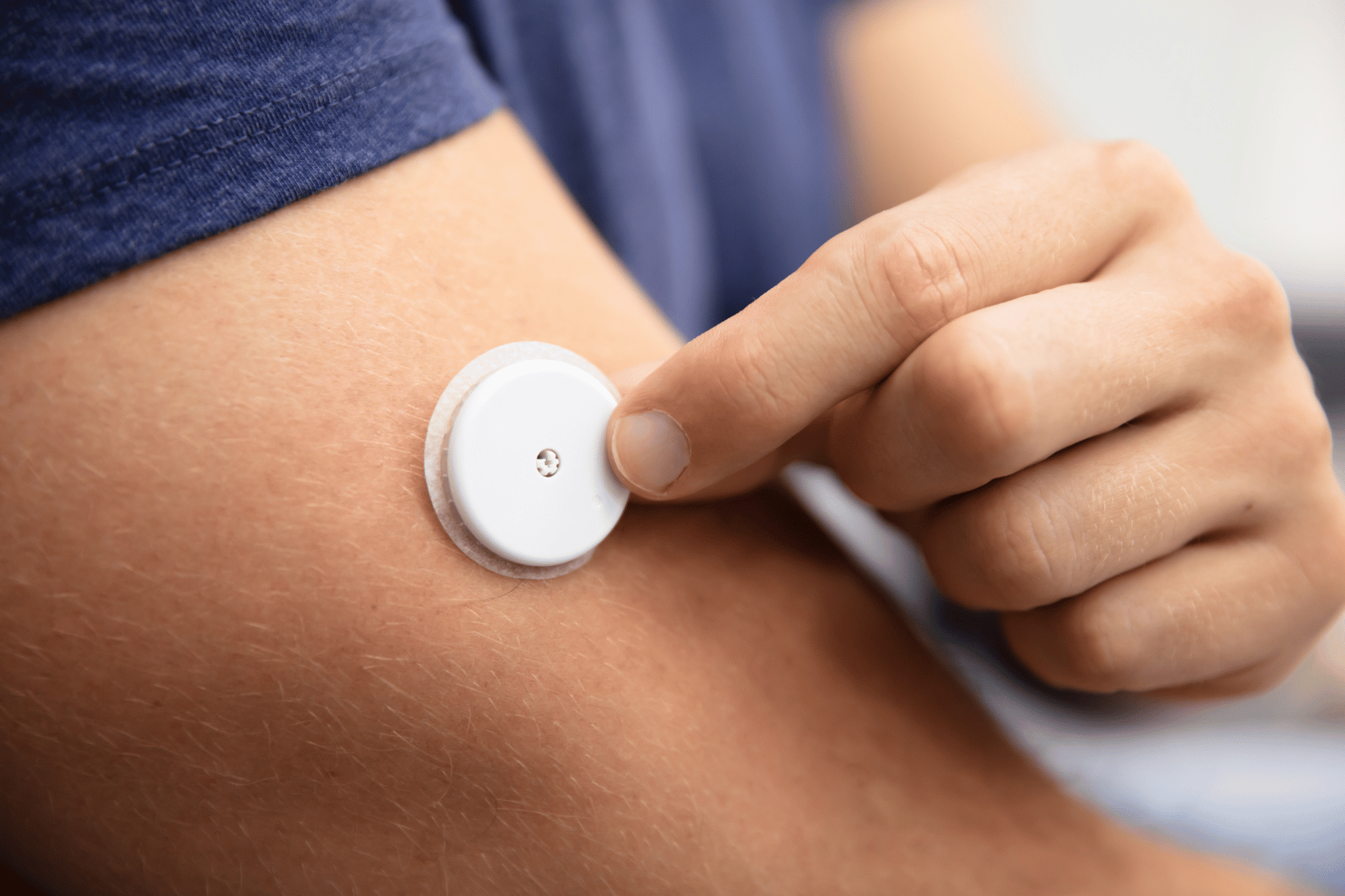How EDC-Based SAE Reporting Reduces Time to Detection and Response in Clinical Trials
Serious adverse events (SAEs) are among the most critical data points collected during a clinical trial. The timeliness and accuracy…Modern Post-Market Trials Will Be Driven by RWD – Is Your EDC Ready?
The Post-Market Shift: From Sites to Data Streams Phase IV trials used to mean tracking long-term outcomes by continuing to…Smarter Clinical Trials for CNS and Pain: AI Analytics and Objective Measurement Tools
Clinical trials in pain and neurological research have historically faced steep hurdles: lengthy timelines, high costs, and subjective data endpoints…Ensuring Regulatory Compliance When Using Wearables in Clinical Trials
 Regulatory Risks of Wearables in Clinical Trials Are Real (and Avoidable) Wearables have become indispensable in modern clinical trials, tracking…
Regulatory Risks of Wearables in Clinical Trials Are Real (and Avoidable) Wearables have become indispensable in modern clinical trials, tracking…The Future of Remote Patient Monitoring in Decentralized Clinical Trials
 The Evolution of Remote Patient Monitoring in Clinical Trials Remote patient monitoring (RPM) has come a long way from the…
The Evolution of Remote Patient Monitoring in Clinical Trials Remote patient monitoring (RPM) has come a long way from the…How Wearable Devices Improve Patient Engagement in Clinical Trials
 Why Wearable Tech Is Changing Clinical Trials Wearable devices are doing more than counting steps—they’re redefining how clinical trials are…
Why Wearable Tech Is Changing Clinical Trials Wearable devices are doing more than counting steps—they’re redefining how clinical trials are…Bring Your Own Device (BYOD) Clinical Trials: How They Transform Decentralized Data Capture
 What Is BYOD in Clinical Trials? Bring Your Own Device (BYOD) is changing the way clinical trials collect and manage…
What Is BYOD in Clinical Trials? Bring Your Own Device (BYOD) is changing the way clinical trials collect and manage…The Future of Wearable Technology in Clinical Trials
What Are Wearables and How Are They Used in Clinical Trials? Wearable technology is transforming clinical trials by making it…How EDC Software Minimizes Bias in Clinical Trials
The Impact of Bias on Clinical Trials and Patient Safety Bias, despite best efforts and best intentions, continues to impact…






